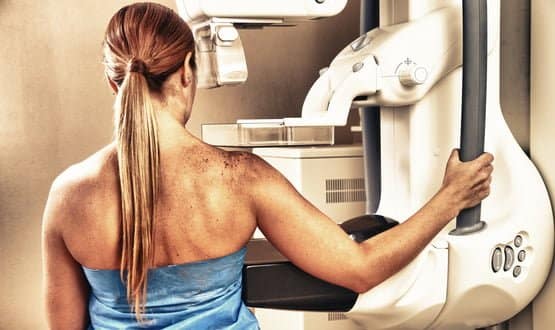GDE blueprints ‘worth weight in gold’ but only if shared
- 6 August 2019

The Global Digital Exemplar (GDE) blueprints will be “worth their weight in gold”, but only if trusts take them on board and reference them in their digital journey, an NHS CIO has said.
David Walliker, CIO at Royal Liverpool and Broadgreen University Hospitals NHS Trust, told Digital Health News the blueprints had the potential to bridge the gap between knowledge silos across the country, but there was a danger of them becoming static documents if they aren’t utilised.
“Healthcare IT is littered with over-promise and under-delivery. What the NHS has never been able to achieve very well – there are pockets of excellence and there always has been – but the problem is we don’t take those pockets of excellence and scale them,” he said.
“What the blueprints enable you to do is have a library of stuff that you can have a look through to see if anyone else is facing the same challenge – there’s stuff on there from Office 365 deployment through to e-sepsis.
“If they don’t achieve anything else but being a knowledge repository I think they’re worth their weight in gold.
“However, if you’ve then got a problem and you’ve noticed that someone else had the same problem and that hospital has managed to fix it, if you are not then referencing that blueprint in your business case, as an assurance piece if nothing else, then I think you’re neglecting your role.”
The first wave of digital blueprints, designed to help any NHS hospital quicker instil improvements, were released in February.
The documents contain timelines for implementation; web links; website content; advertising content; terms of reference and fair processing information; and a Q&A section – designed to make it easier for other trusts to implement the same digital solutions.
Royal Liverpool and Broadgreen Hospitals Trust’s e-sepsis tool was included in the blueprints.
The clinical decision support tool, essentially a digitisation of the national early warning score (NEWS), is now in use across the entire hospital. Since its implementation, antibiotic administration within an hour for patients with sepsis has increased to 90 per cent in the emergency department and 60% on wards, and septic shock mortality in the under-45s has dropped from 60% to 7.69%.
Walliker said the e-sepsis model had “normalised” technology in the hospital and is now just “the way of working”.
The blueprint for the system is an eight-step document that addresses cultural, leadership and people changes necessary, as well as how to implement the technology.
Including advice on more than just the technology should make it easier for other trusts to adopt similar digital solutions, with the knowledge base eventually being scaled across the NHS, Walliker added.
“You can follow a cake recipe but it doesn’t mean you can make a cake like Nigella Lawson, it will never quite be a as good,” he said.
“That’s what I like about the blueprints, it gives slightly more than a menu of things you need to do, it tries to touch on organisational change, process change.”
The blueprints were created as part of NHS England’s GDE programme, which aims to create a group of reference sites for NHS digitisation and provide standardised blueprints for other trusts to follow.
There are currently 16 acute global digital exemplars, which have 17 fast followers; seven mental health GDEs, and three ambulance GDEs, however it was confirmed in September 2018 that more GDEs could be on their way.
At the time the blueprints were release, Royal Liverpool and Broadgreen University Hospitals NHS Trust’s CCIO Michael Fisher told Digital Health they would be “useless” without allocation of resources for trusts to teach others how to implement the programmes.





1 Comments
This article would be even more useful if it contained a link to the blueprints.
Comments are closed.